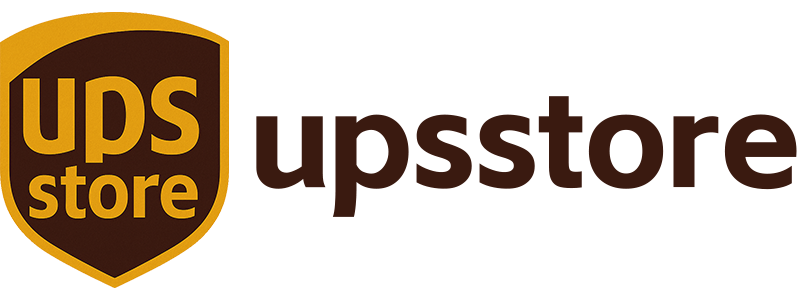Digital Printing opened doors for brands that once felt locked into a single look and long lead times. In Europe, I’ve watched teams switch from Offset Printing on corrugated to short-run digital for seasonal kits and special editions. Early skepticism was healthy—unit cost, color consistency, and finishing were the common objections. But when the brief calls for agility and story-driven packaging, digital earns a seat at the table.
Here’s where it gets interesting: for everyday moving box lines, speed and per-unit economics still point to Offset or Flexographic Printing. Yet brands now ask for micro-runs—500 to 2,000 units with regional language, tips, and QR content. That’s classic Short-Run territory for Digital Printing, especially when paired with UV-LED Ink on Kraft Paper or Corrugated Board.
As a sales manager, I’ve heard it all—“Will it match our brown stock?” “Can we keep make-ready waste down?” The honest answer: yes, with smart color management, but there’s a catch. Stock variability and ink laydown on rough flute can swing results. That’s why teams like upsstore pilot designs on real substrates before committing.
Digital vs Offset Trade-offs
Let me back up for a moment. Corrugated moving box graphics live at the intersection of rough fiber, high volumes, and utilitarian design. Offset Printing shines when you want low per-unit cost over Long-Run batches and tight registration on litho-laminated topsheets. Digital Printing, especially with UV-LED Ink, wins in Short-Run, variable data, and fast changeovers. In recent tests, teams saw ΔE color accuracy hold in the 2–3 range on digital versus 3–5 on mixed Offset runs—acceptable for brand marks and handling icons on moving out boxes.
Changeover Time tells a practical story. Offset setups often sit in the 10–20 minute range between designs—plates, washups, and pull-sheet checks. Digital switches designs in under 2 minutes when profiles are dialed in. Waste Rate during make-ready also shifts: Offset can land in the 5–8% range on new art, while digital pilots reported 1–3% once operators locked a profile. There are caveats—ink cost per square meter, drying energy (kWh/pack), and substrate coating all move the equation.
But there’s a catch. For 50,000+ boxes, Offset remains the workhorse. Unit cost trends lower, throughput is higher, and Flexographic Printing may be even more practical for single-color functional marks. Most European converters I work with thread a hybrid strategy: Digital Printing for seasonal or personalized runs, Offset/Flexo for volume. Payback Periods for digital add-ons landed around 18–30 months where teams consistently booked Short-Run workflows. It’s not one “right” technology; it’s matching PrintTech to the job.
Differentiation in Crowded Markets
Moving boxes aren’t just brown utilities anymore; they’re brand touchpoints. We’ve seen simple line art, bold infographics, and on-box instructions perform well on shelf and online. Spot UV on a logo might be excessive on plain corrugated, but selective Varnishing or crisp one-color icons can do the job. One retailer worried that customers shopping for a cheap place to buy moving boxes wouldn’t care. They cared enough to share photos of step-by-step print guides on social—function as differentiation.
Here’s the turning point. A brand piloted variable QR codes printed via Digital Printing that linked to local service info—pickup slots, size charts, and packaging tips—using a short test with the upsstore. The content dynamically changed by region and holiday timing. We measured FPY% on runs between 85–92% once profiles stabilized, and ΔE drift stayed controlled. Not perfect, but the consistency was sufficient for functional graphics, and the added utility nudged engagement without fancy finishes.
Unboxing Experience Design
Unboxing for moving kits sounds odd—there’s no luxury moment. But the experience matters when your home is in motion. Brands now print interior panels with simple, legible instructions—think icons and short lines answering “how to pack boxes for moving.” Digital Printing makes that feasible on low volumes: personalization, language swaps, and variable data without plate changes. In a European pilot, customer service contacts printed inside lids cut packing errors by a noticeable margin, and returns due to crushed items dipped into the 2–4% range.
Function beats flair here. Die-Cutting for handholds, clearly printed load limits, and scannable QR for regional info out-deliver soft-touch coatings on corrugated. Water-based Ink is often preferred on uncoated Kraft Paper for handling instructions, while UV-LED Ink helps when you need faster curing and crisper small type. Just watch for stock consistency—mixed lots of Corrugated Board can shift ink density, and operators may need a tighter color management routine to keep legibility locked.
Fast forward six months. The teams kept digital for micro-runs and instructional interiors, while Offset handled core volumes. A hybrid approach anchored cost while protecting agility. If you’re weighing branded moving kits or seasonal guides, bring your converter into the brief early, pilot on real flutes, and plan profiles by lot. And yes, customers still ask about upsstore specials and local pickup—those QR panels often link to store info, even down to upsstore hours when timing matters.

